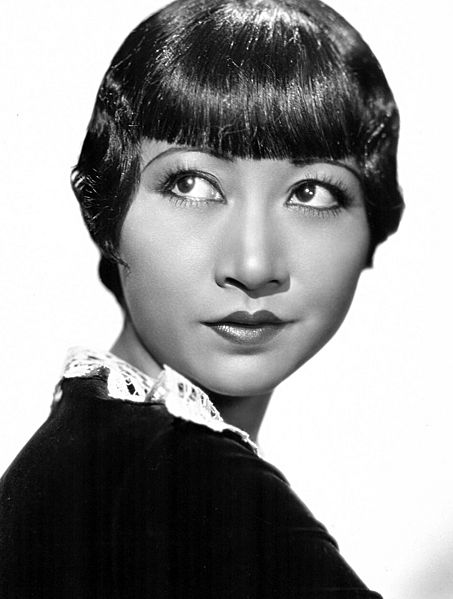Steve Yang, Features Editor
yangstev17@grinnell.edu
As part of an ongoing effort to highlight and appreciate different parts of Hollywood and American media, the Cultural Films Committee will be showcasing a collection of films during the next two upcoming weekends that will be open for all students to attend. On Saturday, Feb. 6 at noon in JRC 101, the committee will show “Bound: Africans vs. African Americans,” a documentary released in 2014 that looks at the conflict and community between these groups. Next weekend, on Saturday, Feb. 13, the committee will play “Shanghai Express” and “Anna May Wong: In Her Own Words,” a feature film and a documentary, respectively, dedicated to exploring the representation of Asian Americans in Hollywood and the history of Asian American cinema.
The latter event has been titled “Celebrating Anna May Wong,” and will take place in the JRC 101 from 4:30 to 8:30 p.m.
Chaired by Professor Katya Gibel Mevorach, Anthropology and American Studies, the Cultural Films Committee is interested in creating different coalitions with student groups on campus, with the ultimate goal of bringing together a wider group of people through film, specifically within the international student community.
“This is an opportunity to highlight the fact that boundaries are very fluid … on this campus,” Gibel Mevorach said.

Photo contributed.
Gibel Mevorach stated that she was interested in getting ahead of controversy, with the intention of moving beyond reactive events towards more proactive events.
“You lead, instead of being led,” she said. “To me, being proactive is to attend this event and then having another event that students organize. That’s not waiting for a crisis.”
The Cultural Films Committee hopes to use the screenings as an assessment of campus interest in African, African American, Asian, Asian American and international themes. Gibel Mevorach noted that JRC 101 was thus chosen for its prime location on campus and to better showcase different interactions in a space that fosters and nurtures relationships.
“We want to be able to see interest, and that’s why it’s really important why students turn up,” Gibel Mevorach noted. “I am firmly convinced that it is extremely strategically important from a political perspective that students who show up to events like this underline the way in which studying about ‘cultures’ is not the same thing as engaging with each other and with cultural products.”
Consequently, the showcased films were selected as a way of remembering forgotten parts of history, particularly of non-white actors in Hollywood. Anna May Wong, according to Gibel Mevorach, is now being remembered as a central figure who was recognizable by all the people in Hollywood, even at a time when California state law expressly forbid relationships between a white person and a Chinese person. In Gibel Mevorach’s opinion, to look at Anna May Wong is to look at the sacrifices the actress made in order to make it in Hollywood and what life looked like at the racial margins of 1930’s society.
“It’s not just a story of victims. When the story is being told as if you were on the margins, it’s a different story as if you’re on the center,” Gibel Mevorach said.
The most important goal of these screenings, however, is to inspire conversation: both over a small dinner offered between the two showings during Celebrating Anna May Wong and afterwards. The committee hopes that students will find an interesting tension between what it meant to be African American and what it meant to be Asian American during the pre-WWII period: one for Black History Month, and the other set to coincide with Chinese New Year.
For example, famous black actor and scholar Paul Robeson was once photographed with Anna May Wong, and Gibel Mevorach feels that this cohesion is just one of many fascinating examples of what was and wasn’t possible for non-white actors in Hollywood at the time.
“It’s important to … continue to disrupt the boundaries and the categories and the classifications,” she said. “I would like students to … have an engagement that lets us think about questions like whose stories are told and how they’re told, whose stories are written out and how they’re written out.”




















































